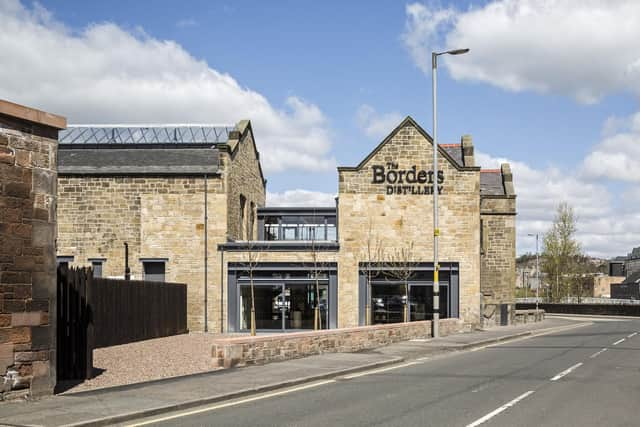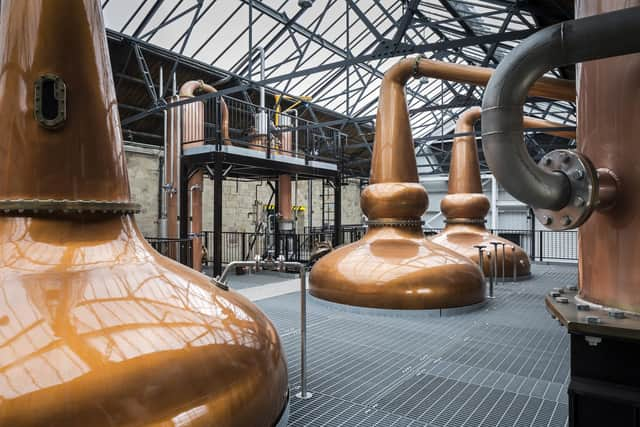The Borders Distillery: Innovative Spirits with Borders’ Industrial Spirit at Heart
The heartland of the Scottish textile industry for two centuries, Hawick was once home to 64 working mills that relied on the purity of the underground Tweed Valley river system to make the finest cashmeres, wools and tweed for which the Borders town was famous.
And while 2016 saw the last textile mill to abstract water from this rich water source, a new distillery was emerging that would bring about the renaissance of an industry that had been absent in the region for shy of two centuries.
Distilling in the Scottish Borders met a somewhat ignominious end in 1837, the last distiller forced to close by the High Court after pedalling a cask investment scam. It wasn’t until 2011 that the founders of The Borders Distillery saw an opportunity not only to harness Hawick’s abundant water supply, but also to tap into its experienced labour market as director John Fordyce explained to the Scran podcast team.


“Hawick is here for the water,” he said. “It has driven the development of the town since the 1820s both economically and culturally in that manufacturing has been the backbone of the workforce. There is a very slow-moving body of water 20-25m below ground that takes 70 years to reach Hawick once it has hit the Moffat Hills from Ireland. By this point it is so pure that it goes straight into the mash tun. We also use it unadulterated for dilution, which is really unusual.”
Distillation started in 2018, the single malt laid down in cask to mature and mooted for bottling in 2027. Meanwhile, the distillery has released a portfolio of spirits to gear the consumer up for the grand reveal and to showcase the budding talents of the young local distilling team. A gin inspired by the exploits of Hawick-born plant hunter William Kerr and an unfiltered steam vodka both produced in the specially commissioned Carterhead Still, and two limited-edition blends under an experimental line called The Workshop Series all serve to put the distillery on the map. But it is the new-make spirit, WS:00, that is the cornerstone of all production.
WS:00 is made using barley exclusively grown by 12 Borders farms all within a 35-mile radius of the distillery and the company has entered into a long-term agreement with these farmers and maltsters Simpson’s to protect the supply chain from seed to spirit. Keeping in step with the Government’s Scope 3 emissions’ targets, the distillery is striving for zero-waste, with co-products from mashing and distilling combined into a waste stream, which is used by two farms for bio gas production.
Another advantage John cites of arriving on the scene relatively recently was being able to incorporate the latest thinking into the building.


“The benefit of using old buildings,” he added, “is that you start from the premise of sustainable production. Stainless steel uses half the water for cleaning, the perforated floor saves vast amounts of cement, the layout of the still house with tanks underneath means that we get maximum heat recovery and the louvres that we fitted to the original Victorian rooflights provide both natural light and ventilation - we don’t use electric light for about 10 months of the year.”
It is the great sense of light and space that really sets this distillery apart, how the award-winning building has been sensitively restored and the space optimised for its new purpose. As charming as the tour guides, who also happen to be the distillers. Tours run three times a day between 1st April and 31st October but the online shop is open all year round.
Listen to the full Scran podcast here and find out more at thebordersdistillery.com